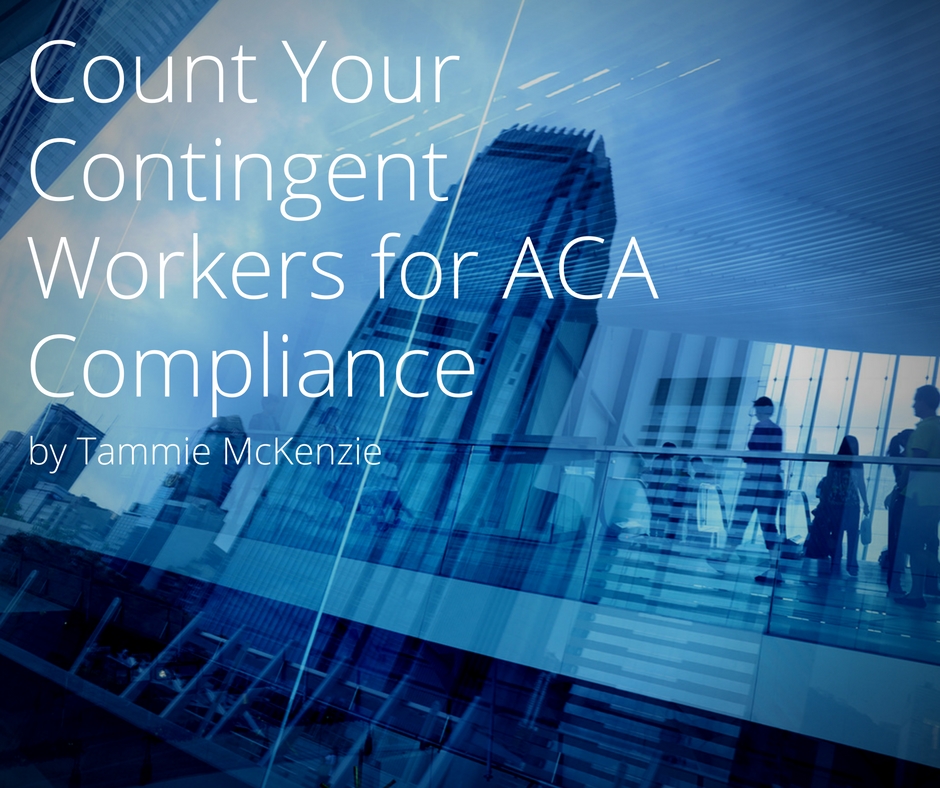ACA Compliance for Applicable Large Employers in 2017 (those with 50 or more employees)
Fall is just around the corner and companies are beginning to put together their budget and workforce plans for 2017. With both of these critical tasks in mind, the coming weeks and months would be an excellent time for your company to catalog and assess your existing and planned staffing arrangements with the Affordable Care Act, also known as Obamacare, in mind.
Remember, “applicable large employers” (those with 50 or more employees) are required by the ACA to offer “affordable” health coverage to their full-time employees. Failing to offer affordable coverage to a minimum of 95% of full-time employees may result in stiff penalties if a full-time worker receives a federal premium tax credit to purchase coverage through a state-sponsored or federal ACA exchange. Under the Employer Shared Responsibility provisions, employers who do not offer affordable health coverage that provides a minimum level of coverage to their full-time employees (and their dependents) will be assessed an Employer Shared Responsibility Fee.
If the employer does not offer coverage, and at least one full-time employee receives a premium tax credit or cost-sharing reduction, the business must pay $2,000 for each full-time employee, not counting the first 30 employees.
For example, an employer with 52 employees who doesn’t offer health insurance and has one employee who receives an individual tax credit or cost-sharing reductions will be assessed $44,000 ($2,000 multiplied by 22).
If the employer does offer coverage, and at least one full-time employee receives a premium tax credit or cost-sharing reductions because the coverage provided is determined “inadequate” or “unaffordable,” the employer will be required to pay $3,000 for each employee who receives assistance or $2,000 per full-time employee (not counting the first 30 employees), whichever is less.
For example, an employer with 52 employees who offers coverage but has one employee who receives an individual tax credit or cost-sharing reductions will be assessed $6,000 ($3,000 multiplied by 2).
3 Staffing Concerns to Pay Close Attention To:
- Independent Contractors: Independent contractors who perform long term work fundamental to your business could be considered full-time workers.
- Temporary Workers: Temp workers who work full-time are counted. Both part-time and full-time temp workers will factor into your full-time equivalent calculations.
- Professional Employer Organizations (PEOs): PEOs are third-party firms who effectively hire a client company’s employees and provide payroll, benefits, and other HR-related services. If your company is currently utilizing a PEO, be sure to review your contracts to ensure that they are offering affordable minimum coverage to each of your full-time employees. While PEOs often specialize in ensuring compliance, you’ll want to make sure that you are being charged an appropriate fee for employees who elect coverage.
Now is the best time for companies that classify all of their workers properly to be best positioned for compliance with ACA requirements by 2017. Those that fail to classify their employees correctly will face stiff penalties.
Get expert compliance advice today with PEO Broker. Don’t let the bureaucracy and paperwork get in your way and stop you from running an efficient and successful business.
